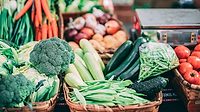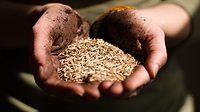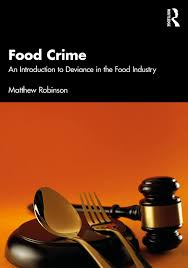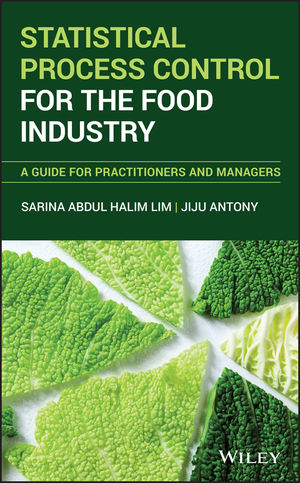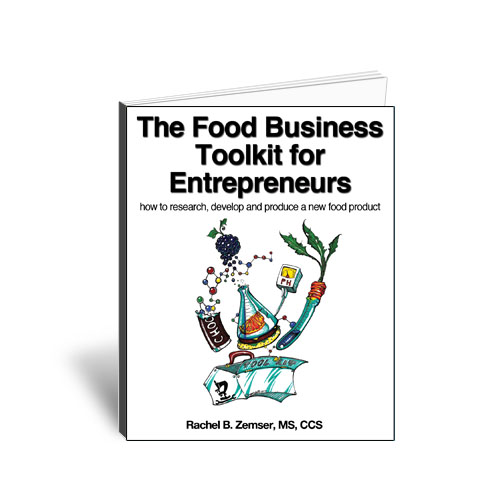Market Research
Rising Consumption of Seafood to Drive the Demand for Food Safety Testing Amid Capacity Expansions by Companies

The growing burden of multiple diseases, ranging from diarrhea to cancers due to the consumption of unsafe food containing harmful viruses, bacteria, parasites and chemical substances, has amplified the importance of safe and nutritious food for improved consumer health and lifestyle. As per the WHO (World Health Organization), contaminated food affects an estimated 600 million people and leads to over 420 000 deaths per year.
In effect, the growth of the food safety testing industry is witnessing an upward trajectory, as a result of the higher focus on food and nutrition security for safe supply chains to support trade and tourism, economic growth, and sustainable development. While the expanding world population has led to the globalization of food trade, the rapidly changing climatic conditions and food systems have also had an impact on the safety of food.
Food safety testing methods are therefore largely implemented for ensuring that food is devoid of physical, chemical, as well as biological hazards while determining its safety for use. Some of the potentially hazardous food contaminants include metals, pathogens, cleaning agents, additives, pesticides, preservatives and adulterants. The testing techniques are also deployed for the scientific analysis of food and its constituents for providing information about characteristics, such as composition, structure and physicochemical properties.
The COVID-19 pandemic acted as a huge booster for the development of the food safety testing market, considering the rising attention given to food surfaces, quality and processing techniques as the potential reasons for transmission. It has also instigated multiple efforts from certified laboratories for ensuring the safety and hygiene of food products.
Rising Technological Enhancements and Focus on Production Expansion Strategies to Augment the Food Safety Testing Industry Share
To cater to the growing need for food safety, numerous solution providers in this business space are constantly essaying capacity expansion and investment strategies, mergers and acquisitions, as well as novel product developments. A couple of such instances are outlined below.
1. Neogen merges 3M's food safety business for expanding existing operations
Neogen Corporation, in December 2021, entered a definitive agreement with 3M for separating and simultaneously combining the latter’s food safety business with its current operations. This team-up led to innovative breakthroughs for the company in the food safety domain with an inclusive product range as well as a strategic focus on long-term growth opportunities. It also enhanced Neogen's foothold in food security with an expanded product line for ensuring the capitalization of the growing footprint.
2. SGS partners with V-label to introduce a new center with advanced testing capabilities
In October 2021, the Indian testing, inspection and certification firm, SGS, launched ACT (Advanced Centre of Testing) at its laboratory premises located in Chennai for expanding its food testing capabilities. The novel solution provides specialized services for non-targeted and targeted detection of several contaminants, DNA-based molecular solutions and digital sensory analysis. Its advanced capabilities are useful for the agriculture and food industry in combating fraud, ensuring authenticity, enhancing safety and improving the quality of food products.
Rising Application Scope in the Meat, Poultry and Seafood Industry to Boost Food Safety Testing Market Trends
The increasing risks of contaminated meat and poultry products to limit the outbreak of billions of bacterial illnesses across the world are significantly contributing to the adoption of food safety testing methods. According to the Pew Charitable Trusts, over 36% of salmonella illnesses in the U.S. are associated with turkey, chicken, beef and pork. In this regard, a comprehensive approach to meat and poultry safety techniques has been introduced at the farm level to counter the growth of harmful bacteria which later enter the slaughterhouse with food animals.
The swiftly growing preference for seafood in diets as a healthy red meat alternative has steered concerns as consumption of fish and shellfish may lead to diseases, infection or intoxication. In this regard, the increasing interest in DNA sequencing technology by FDA researchers for definitively determining the species of fish is another emerging trend outlining the food safety testing industry development.
In a nutshell, as food products transit from farm to fork, they are largely vulnerable to fraud and contamination at multiple points in the supply chain. This is paving the way for strict surveillance for ensuring the quality and integrity of the food products when delivered to customers. Food safety testing laboratories and food companies are, therefore, constantly conducting safety tests using microbiological analysis to make sure that the produced products are edible. The rising support from WHO for enhancing the global and country-level capacity for preventing, detecting, and responding to public health threats connected with unsafe food will support the industry growth in the long run.Looking for a reprint of this article?
From high-res PDFs to custom plaques, order your copy today!



